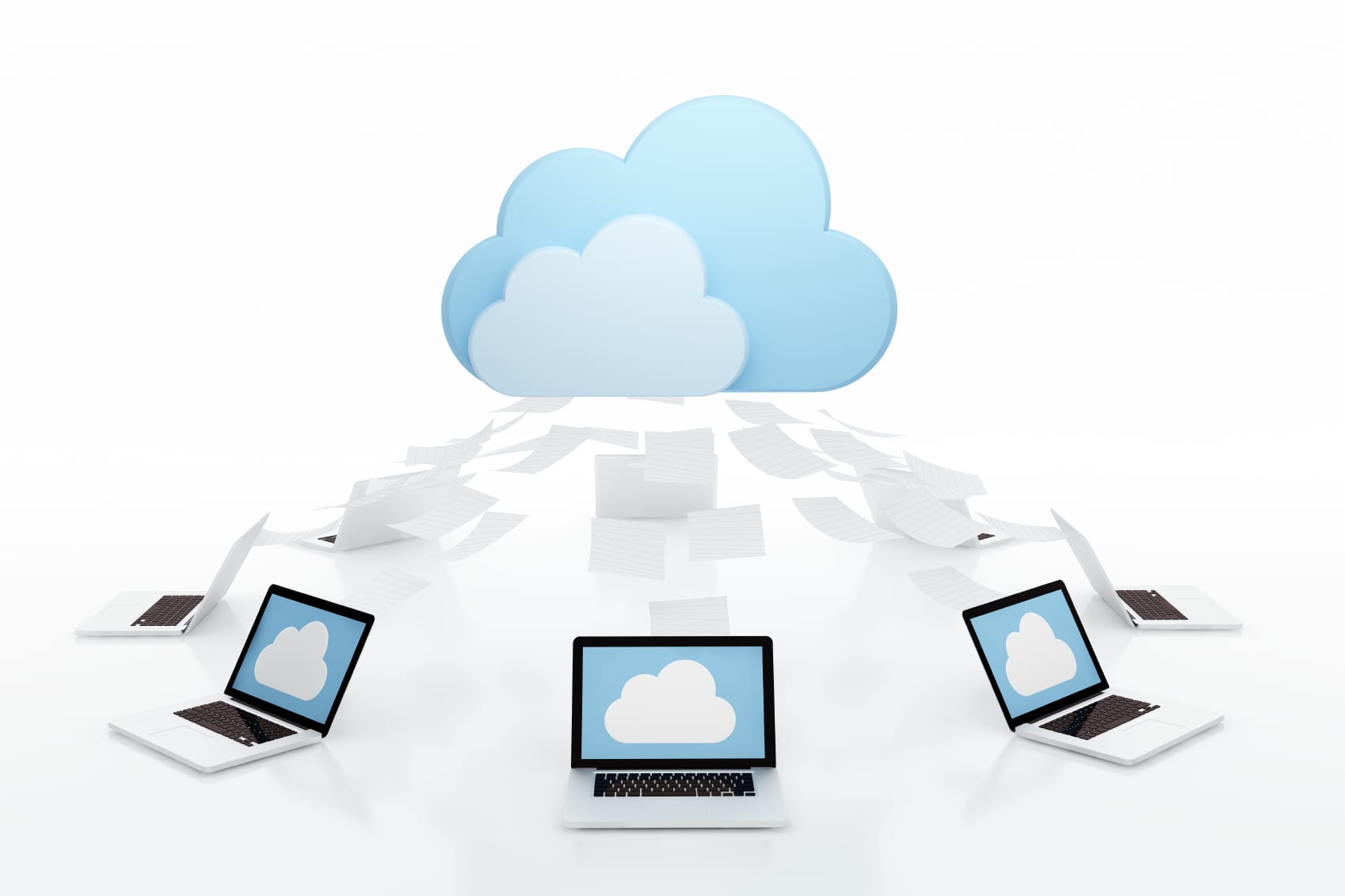It can be daunting for established businesses to embrace the Cloud rather than a new business set themselves up from scratch. Here, we list the top three challenges typically faced by decision makers.
1. Making the Jump
If you’re migrating from a traditional on-site set-up, it can be difficult to know exactly which elements to move into the Cloud. There are so many cloud products available that you could effectively run your whole business from virtual servers, but this may not be necessary. Instead, it is worth assessing how your business would directly benefit from a new cloud-based system.
For example, would a cloud accounting system work better than the in-house system your business currently uses if you have several members of staff working on your finances? Would cloud-based email offer a more accessible solution for your staff? And would a cloud VoIP system make managing calls much simpler for a company that’s outgrown its old setup? If you’re not sure, there are free trials available from many providers, so it would be worthwhile trying these before you spend a lot of money on a new package.
Further, it is important to get rid of “etrash,” or electronic data you don’t need, before you send it to the Cloud unnecessarily. Having a clear-out could save you vital space and money. So before transferring, go through your old systems and be ruthless with your data. Don’t be afraid to delete what you don’t need.
2. Assessing Security and Risks
In general, cloud systems are extremely secure, and often operate using military grade encryption. But before abandoning your server and moving over to the Cloud, you need to be absolutely certain you trust another company with your important business data. Your information won’t necessarily be automatically protected, so read through the vendor’s user agreements closely. Also, make sure your data is fully protected with at least 256-bit encryption and ensure this is protected by proper key management. Data can be encrypted before uploading it to the Cloud, too – with further safety tips are available here.
It is also important to analyse the risks in moving to the Cloud in full. When entering into an agreement with a cloud provider, you are agreeing to share risk, so make sure you also run a full risk/benefit analysis from your side of the agreement before entering into a contract.
3. Determining What You Can Afford
As opposed to paying up front for new systems to replace your current ones, cloudware tends to work on a subscription basis. It can take your business some time to get used to the different charging model, so make sure you stay on top of costs and remember that although you won’t be paying the large upfront fees you may be used to, your subscription charges could eventually overtake. The key is to think return on investment (ROI) and cloud will offer new opportunities that on-premise systems just can’t compete with.
A full cost comparison should be conducted at the beginning of your research into cloudware which will allow you to assess the real return on investment you can expect from your new cloud-based system. To do this you will need to consider the factors that are most relevant and important to your business, as well as those prime cost benefits which are solely available through adopting a cloud based service, such as the ability to scale your package up and down quickly to meet your changing needs as a company.
Small but established businesses have plenty to consider when embracing the Cloud, but we don’t think these challenges will be enough to put you off making the decision to go virtual. The cloud can benefit your business – it’s just a matter of understanding where it’s going to take you and how it’s going to help you grow.

